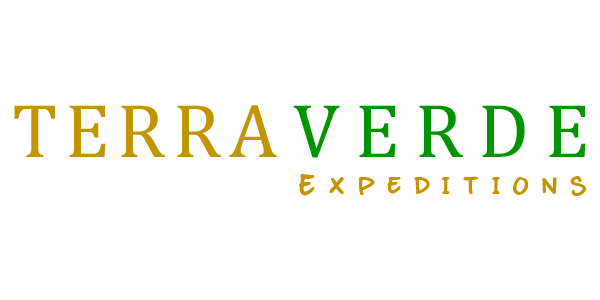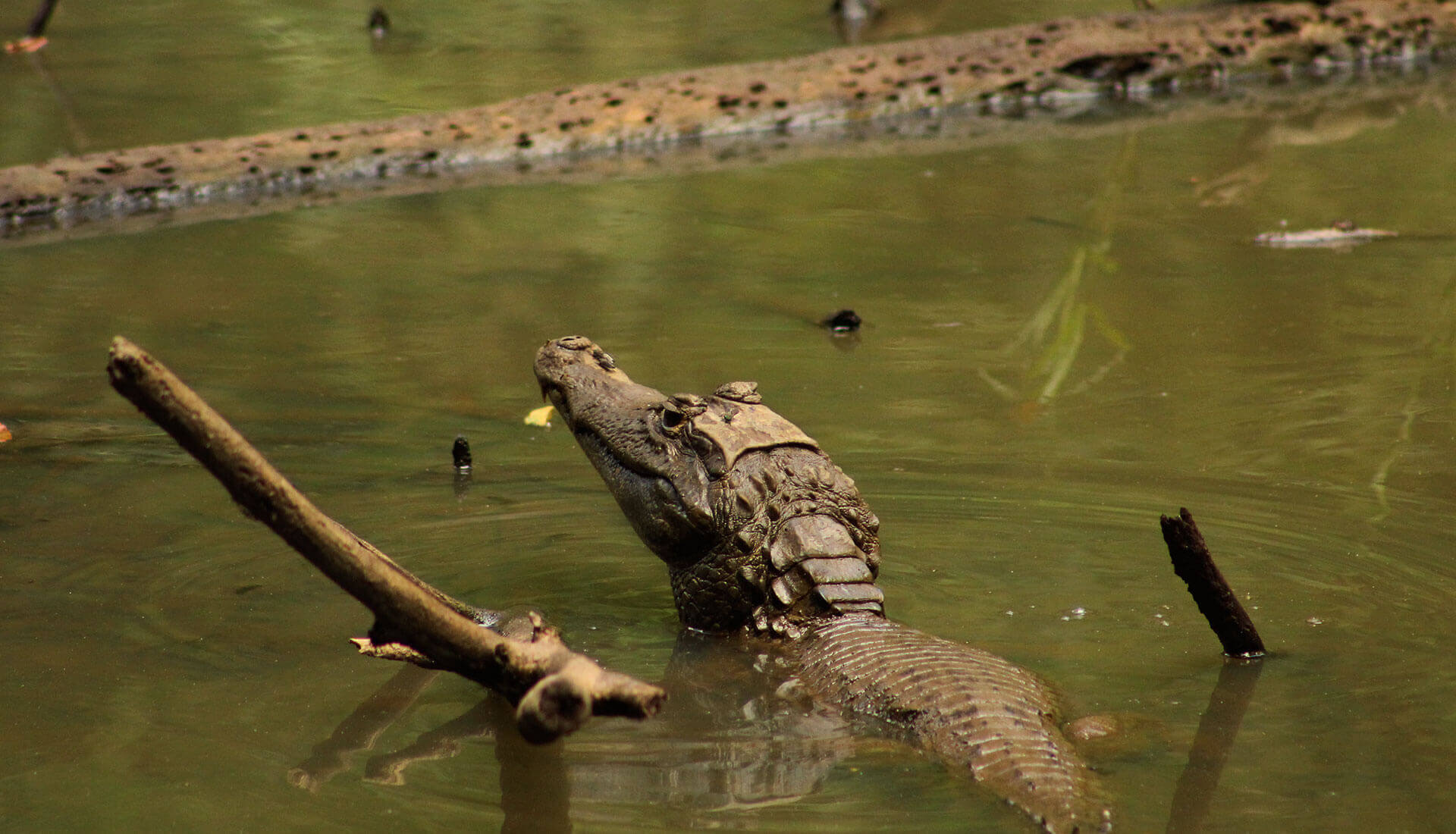ALL YOU NEED TO KNOW ABOUT TRAVEL TO TAMBOPATA
This place harbors some of the wildest, least impacted habitats in the Amazon and the world. It is on the shortlist of “must-see” nature destinations in Peru and South America. Because of that we highly recommend you to travel to Tambopata
What is Tambopata?
Tambopata is a Quechua word, with Tambo meaning a structure or building, and pata meaning “high place.” The name comes from the Tambopata River, which begins in the highland Puno area near Lake Titicaca, and flows down towards this part of the country.
Tambopata’s biggest city is Puerto Maldonado, and that’s where most travelers fly to begin their jungle trip. Best of all, Tambopata is right next to several other rainforest reserves, including Bahuaja Sonene National Park.
What can I see in Tambopata?
When travelers come to Tambopata, they usually visit the Tambopata National Reserve and the areas around it. The reserve is enormous, protecting 274,690 hectares (1,061 square miles) of pristine wilderness. To give you a sense of just how big that is, it’s about the size of the iconic Yosemite National Park in the United States
Tambopata is one of the most biodiverse areas in the world. There are more than 1,000 species of butterflies, 100 species of mammals, 600 species of birds, and hundreds of species of trees and plants! During your visit, you’re likely to see Monkeys, Parrots and Macaws, Caiman, Toucans, and much more.
Who lives in Tambopata?
Tambopata is the home of the Ese Eja People, an indigenous nation that has lived in the rainforest region for many years. “Ese Eja” literally means people. There are three Ese Eja native communities around the Tambopata National Reserve: Infierno (about 200 families), Palma Real (about 50 families), and Sonene (about 20 families)
Traditionally, the Ese Eja are hunters, fishermen, and farmers, although many families now have commercial or tourism connections as well. Today, tourism and brazil nut gathering (a sustainable type of food production) are the two principal economic activities within the Tambopata National Reserve. In the areas around the reserve, farming tropical foods like papaya, pineapple, and cacao is more common. While tourism has grown in Tambopata in recent years, the region and reserve are so large that it’s never crowded, providing an intimate, still deeply wild experience.
Tambopata is now one of the principal tourism destinations in Peru but because of its huge size, it is not crowded. If you like or love nature then Tambopata is for you.
How to Get to Tambopata
To get to the Tambopata National Reserve you first need to go to Puerto Maldonado. Puerto Maldonado is the gateway city to the reserve and the capital of Madre de Dios. There are daily incoming flights to Puerto Maldonado. These flights arrive from Lima or Cuzco, at least three times a day.
The flights from Lima depart from Jorge Chavez airport’s domestic flight terminal. The trip takes about 3 hours and most flights stop in Cuzco before continuing to Puerto Maldonado. Flights from Cusco depart from the domestic terminal of the Velasco Astete airport, and the trip takes around forty-five minutes.
In Puerto Maldonado, Terra Verde Expeditions and most lodge and tour operator companies will be waiting for you at the airport arrivals terminal. From there, you hop on a bus for a quick stop to headquarters before continuing on to the river ports. Once at the port, you will board on boats to continue to the lodges. Lodges are 1 to 4 hours away by boat from the port.
Boat schedules are designed to meet incoming and departing flights.
When to travel to Tambopata?
Tambopata is slightly seasonal – although nothing like the temperate zone. Although it can rain at any time of the year, Tambopata is drier from April to November, when the rains stop and start, respectively. The rainiest months are January and February, but even then you are rarely rained out.
The pros of visiting in the dry season are that there is very little chance your activities will be affected by rain.
Biodiversity of Tambopata
The lowland forests and tropical savannahs of Tambopata are some of the most biodiverse areas on the globe.
- Birds: 670 bird species have been identified, including the Harpy Eagle, a large, rare raptor that preys on monkeys and sloths, the strange Hoatzin, and eight macaw species (six of which can be seen at the Tambopata Research Center clay lick).
- Mammals: 200 species, including healthy populations of Jaguar, Giant Anteater, Amazonian Tapir, and, in the savannah habitats of the Rio Heath, the Maned Wolf.
- Reptiles and Amphibians: 210 species, including several species of tree frogs, the colorful Tambopata Poison Frog, and the beautiful Rainbow Boa.
- Insects and other arthropods: The number of species of insects and spiders that live in the rainforests of Tambopata number in the thousands. Many are expected to be species unknown to science.
- Trees and plants: Over 10,000 species of plants have been identified in Tambopata, Peru, making it one of the highest areas for plant diversity on the planet. A few of the more noteworthy plants are the Brazil Nut Tree, the huge Ceiba, and quick-growing Balsa trees.
Wildlife Sighting when you travel to Tambopata
There are over 1000 possible species sightings of mammals, birds, reptiles, and amphibians in Tambopata.
Tambopata Lodges and Tours
In Tambopata, all lodges have a tour operator to go with it. That means lodges will have boats to take you to the lodges, they will have guides to escort your activities and they are responsible for everything from when they pick you up to the airport to getting you back there
What to Pack on a Trip to Tambopata
Here are some suggestions:
- Binoculars
- Camera gear, bring your long lens!
- Tight-weave, light-colored, long cotton pants
- Long-sleeved, tight-weave, light-colored cotton shirts
- Ankle-high hiking boots and sneakers
- Flashlight (headlamp) with batteries
- Sunblock lotion
- Sunglasses
- Broad-brimmed hat
- Rain suit or poncho
- Insect repellent
- Small-denomination bills
- Small daypack
- Slippers or sandals for walking around the lodges.
- Most lodges, including all Rainforest Expeditions lodges, loan rubber boots so that you don’t have to bring them.
Contac us now
Cell Phone: +51 991152859
Email: contact@terraverdeexpeditions.com
Email: reservations@terraverdeexpeditions.com


